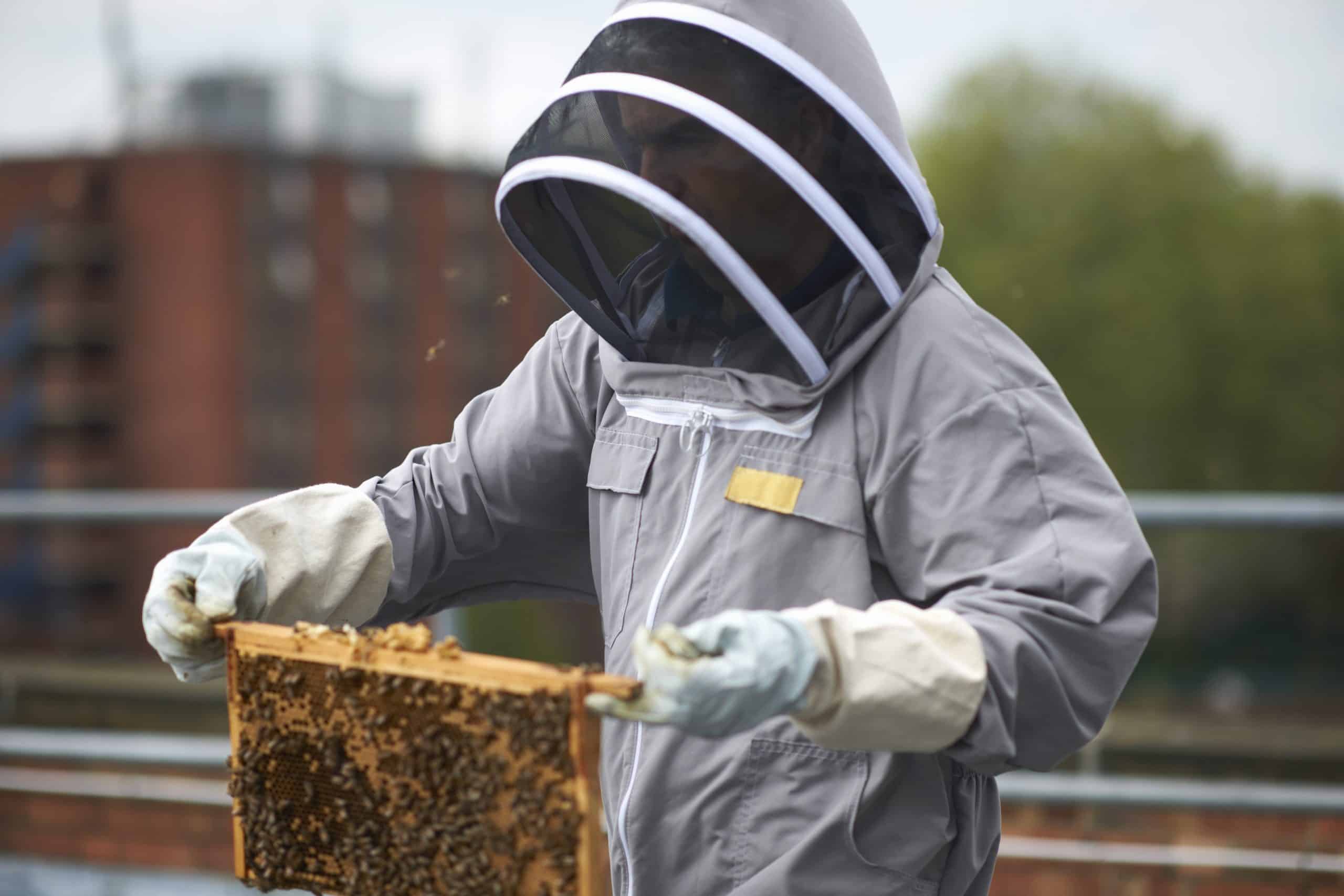What Are the Best Strategies to Encourage Active Transportation in Winter Climates?

Active transportation refers to commuting methods that involve physical activity, such as walking, cycling, or using non-motorized wheelchairs. These means of transportation can offer extraordinary benefits, including promoting physical health, reducing carbon emissions, and fostering a strong sense of community. However, in regions with harsh winter climates, active transportation can be challenging. Snowfall, cold temperatures, and icy conditions can deter even the most committed active commuters. Despite the weather adversity, there are a variety of strategies that can be implemented to encourage and facilitate active transportation throughout the winter months.
Infrastructure Upgrades and Maintenance
A well-designed infrastructure is crucial to promoting active transportation, especially during winter. The presence of snow, slush, and ice present unique challenges to active commuters. Therefore, maintaining and upgrading infrastructures such as bike lanes, sidewalks, and trails is of utmost importance.
Lire également : Can a Diet Rich in Polyphenols Improve Vascular Health in Post-Stroke Recovery?
Efforts should be focused on timely snow removal and de-icing in active transportation corridors. In addition, considerations should be made for the installation of heated sidewalks and bike lanes, which can significantly reduce the accumulation of ice and snow.
Another focus should be on improving lighting in active transportation areas. Shorter days and longer nights in winter can make commutes darker and potentially more dangerous. Enhancements to lighting can provide safer and more inviting environments for active commuting.
A lire également : How to Implement Eco-Therapy Programs in Urban Mental Health Clinics?
Data driven decisions can help in the effective allocation of resources. For instance, cities could utilize data to identify high-use corridors that would benefit most from winter maintenance.
School Programs and Events
Encouraging active transportation among students is both beneficial for the health of the youth and also fosters a culture of sustainability from a young age. To promote active transportation in winter climates, schools can deploy various programs and events.
One such program could be a ‘Winter Walk to School Day’, where students and faculty are encouraged to commute to school actively, despite the cold weather. Schools can take it a step further by turning it into a competition, with classes or grades competing for the highest participation rates.
Moreover, schools can also facilitate workshops on winter safety for active commuters. These could include lessons on how to appropriately dress for the weather, safe cycling or walking techniques in snowy or icy conditions, and other winter safety tips.
Adaptation to Climate Change
Climate change is resulting in more unpredictable and extreme weather patterns, including severe winters. Increased instances of flooding and heavy snowfall can pose considerable challenges to active transportation. However, this growing vulnerability can be mitigated through strategic planning and adaptation.
One strategy could be the development of a climate change adaptation plan for active transportation. This plan would assess the potential impacts of climate change on local transportation systems and find ways to adapt to these changes. For instance, the plan could identify areas prone to flooding and propose alternative, higher-elevation routes for active commuters.
Moreover, cities could invest in resilient infrastructure that can withstand extreme weather events. This might include permeable pavements that can better manage flooding or heated bike lanes that can cope with heavy snowfall.
Campus Policy Changes
For colleges and universities located in winter climates, campus policies can have a significant impact on the encouragement of active transportation. Schools can implement policies that prioritize active transportation and reduce the dependence on cars.
For instance, implementing a restricted parking policy can promote active commuting. By reducing the availability of parking or increasing parking fees, students and staff may be more inclined to walk, bike, or use other active transportation modes.
Moreover, universities can invest in improved bike storage facilities, particularly ones that offer protection from the elements. Having a safe and convenient place to store bikes may increase the number of students willing to cycle to campus, even in winter.
Promoting Winter Cycling
Cycling is a popular form of active transportation, but its popularity dwindles in winter. However, with the right strategies in place, winter cycling can be made accessible and appealing.
Cities can invest in winter-grade cycling infrastructure, including plowed bike lanes and bike parking facilities equipped with roofs and walls for protection against the elements. Offering public cycling workshops can also be beneficial, where individuals can learn about winter cycling gear, maintenance, and safety.
Moreover, winter cycling events or festivals can be organized to promote and celebrate the activity. These events can include group rides, competitions, and skill-building workshops. The positive, communal, and fun atmosphere at these events can attract more people to try winter cycling and encourage regular winter cyclists to keep up with their habit.
While winter climates present challenges to active transportation, strategic planning and implementation can turn these challenges into opportunities. By making active transportation convenient, safe, and enjoyable even in winter, cities can reap the numerous benefits that active transportation provides.
Investment in Green Infrastructure and Traffic Management
Investing in green infrastructure and effective traffic management systems is crucial for encouraging active transportation in winter climates. This approach will support the long-term goal of making active transportation a viable and attractive option for all citizens, regardless of weather conditions.
Green infrastructure includes elements that promote sustainability and resilience in a city’s environment, such as urban forests, green roofs, and rain gardens. These elements can help mitigate the effects of climate change and severe weather events on the transportation system. For instance, urban forests can act as windbreaks during winter storms, providing some shelter for pedestrians and cyclists.
Investing in green infrastructure also includes implementing green snow management practices. This can involve using eco-friendly de-icing substances, minimizing snow plow usage to reduce CO2 emissions, and repurposing cleared snow for insulation or recreational uses.
Effective traffic management strategies can enhance the safety and efficiency of active transportation. This may involve implementing road closures or restrictions during severe weather events, giving priority to pedestrians and cyclists in certain areas, and ensuring that public transit is well-integrated with active transportation routes.
Taking a data-driven approach to traffic management can further enhance its effectiveness. Transportation agencies can use collected data to identify areas of congestion or high accident risk, and then take measures to address these issues. This data can also help in the planning and design of future transportation projects.
Public Engagement and Incentive Programs
Achieving a shift towards active transportation in winter climates requires not just infrastructure changes, but also a change in public attitudes and behaviors. Engagement and incentive programs can play a key role in this process.
Public engagement strategies can include hosting town hall meetings, conducting surveys, and utilizing social media platforms to obtain feedback on proposed transportation projects. These platforms also provide opportunities to educate the public about the benefits of active transportation and how to safely navigate winter weather conditions.
Incentive programs can encourage individuals to make the switch to active transportation. These could include things like rewards for logging miles walked or cycled, discounts at local businesses for active commuters, or even tax incentives for individuals who forego owning a car.
Furthermore, partnerships with local businesses, schools, and other community organizations can greatly increase the reach and impact of these programs. These partnerships can also help to ensure that the programs are tailored to the specific needs and characteristics of the community, increasing their overall effectiveness.
Conclusion
Overcoming the challenges of active transportation in winter climates requires a multifaceted approach. Infrastructure upgrades and maintenance, school programs, climate change adaptation, campus policy changes, and promotion of winter cycling all play integral roles. Additionally, investing in green infrastructure and traffic management, as well as engaging the public and offering incentive programs, can further encourage individuals to embrace active transportation during winter months.
While these strategies require significant effort and investment, the potential benefits are vast. These include not only individual health benefits and reduced carbon emissions, but also long-term mitigation of climate change effects, and building a stronger, more resilient community.
The shift to a more sustainable transportation system is a gradual process. However, each step taken towards this goal contributes to a healthier and more sustainable future, despite any weather adversity we might face.
